I find it interesting that there are four Gospels, four stories of the life of Jesus, instead of a single account. Three of these Gospels, Matthew, Mark (writing for Peter), and John come from people who said they were eyewitnesses to the events and actually knew Jesus personally. The fourth, Luke, comes from a guy who said he met with eyewitnesses and compiled their stories. As a Christian, it has always given me great confidence to know that the information I had about the life of Jesus came from a reliable source, people who were actually there and knew what they were talking about.
Many non-believers tell me I shouldn’t trust the Gospels as eyewitness accounts, in part because there are so may contradictions among the Gospels themselves. If they really came from people who were there, then why are there so many discrepancies? Reading through the Gospels, I have to admit that there are many differences between them.
For example, who was it that discovered the empty tomb after Jesus’ resurrection?
John says it was Mary Magdalene.
“Now on the first day of the week Mary Magdalene came early to the tomb while it was still dark, and say the stone already taken away from the tomb.” (John 20:1)
Matthew says it was Mary Magdalene and the other Mary.
“Now after the Sabbath, as it began to down toward the first day of the week, Mary Magdalene and the other Mary came to look at the grave.” (Matthew 28:1)
Mark says it was Mary Magdalene, Mary the mother of James, and Salome.
“When the Sabbath was over, Mary Magdalene, and Mary the mother of James, and Salome, bought spices, so that they might come and anoint Him. Very early on the first day of the week, they came to the tomb when the sun had risen.” (Mark 16:1-2)
Luke says it was a whole group of people.
“Now the women who had come with Him out of Galilee followed, and saw the tomb and how his body was laid. Then they returned and prepared spices and perfumes. And on the Sabbath they rested according to the commandment. But the first day of the week, at early dawn, they came to the tomb bringing the spices which they prepared. And they found the stone rolled away from the tomb, but when they entered, they did not find the body of Jesus… Now they were Mary Magdalene and Joanna and Mary the mother of James; also the other women with them were telling these things to the apostles.” Luke 23:55 – 24:3, 24:10
If there are differences between the Gospel records, can we even put our faith in the stories they tell?
I have been fortunate in my line of work to have a lot of experience speaking with eyewitnesses. I’ve interviewed witnesses and victims after they experienced memorable, sometimes life-changing events which they will likely re-tell for the rest of their lives. But I have noticed, even when I know for a fact that two people were present and witnessed the same event, they almost never agree on every detail. In fact, it is so rare for two witnesses to completely agree that it would arouse suspicion if they did.
Let me give you an example based on my experiences.
I respond to investigate a call of a robbery. When I get there, I ask the victim what happened and she replies, “A man ripped my purse off my shoulder and ran off.” Based on this preliminary statement alone, it sounds like I should be looking for a single, male suspect who stole a purse. However, I want to be thorough, so I start walking the neighborhood looking for additional witnesses. Across the street I meet a man who excitedly tells me he saw the whole thing. He explains, “Three men just ran right up to that woman and took the purse off her shoulder. Then they ran off!”
Now we have an issue, the witnesses do not agree. One says there was one suspect, and one says there were three. Is someone lying? Can I even believe that a robbery occurred at all?
Here are a couple things to think about: 1) Although there is a difference between both witness’ accounts, they actually agree on many facts. Both witnesses agree a robbery occurred, on who the victim of the robbery was, on what was stolen, and that there was a male suspect. In fact, the witnesses agree on much more than they disagree. 2) It is possible that both witnesses are telling their true recollections, even though they disagree. Reasonable explanations exist for why each person may have given a different number of suspects. Perhaps the victim only said there was one suspect because only one of them physically took the purse. From across the street, the witness may not have been able to tell which individual took the purse but knew it had to be one of the three because they were all together. Or perhaps the stress and danger of being robbed caused the victim not to notice the other two suspects nearby, while the witness (who was safe across the street) was able to get a fuller picture of what was occurring.
Regardless, even though the witness statements differ, they are still consistent with one another. Taken together, the investigator can get a fuller picture of what actually occurred. Even though the statements are different, there is no reason to doubt that a robbery occurred.
Inconsistent statements would be more of a problem. If the victim said she had been robbed, but the witness said he was watching her the whole time and never saw a robbery occur, then we would have inconsistent, truly contradictory statements. Now there is reason to question whether a robbery even occurred in the first place.
In the end, as an investigator, I will complete a report documenting the incident. Instead of writing one narrative about what I think happened, I will instead include the statements from both parties as they were given to me. This accurately documents their experiences and helps us have a broader picture of what happened. The Bible gives us a broad picture by including multiple perspectives of the same events. Share on X
Similarly, the Bible gives us a broad picture by including multiple perspectives of the same events. If the Bible were a fabrication, it would have benefitted the compilers to include only a single Gospel or to combine them all into one. Instead, the Bible includes all the witness statements, as they were given, to provide the most accurate cumulative account, just what we would expect to see if the Gospels were describing true eyewitness statements.
Jimmy Wallace is a detective who holds a BA in Psychology (from UCLA) and an MA in Theology - Applied Apologetics (from Colorado Christian University).



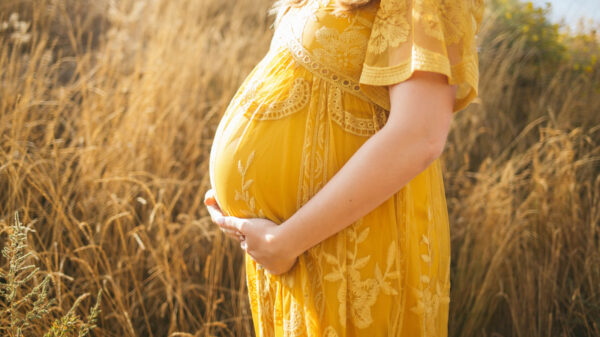




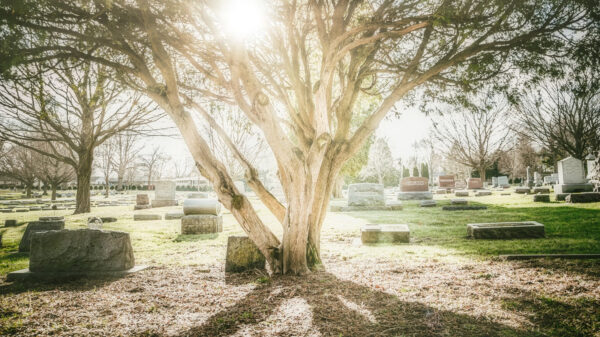



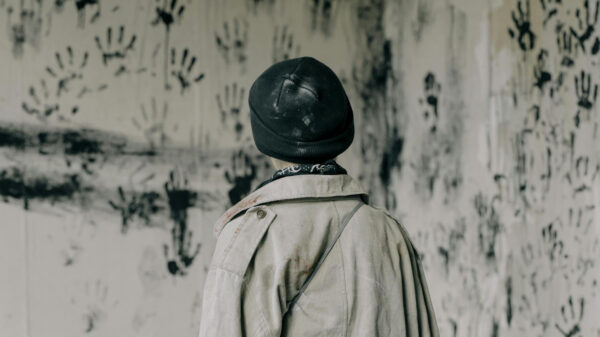

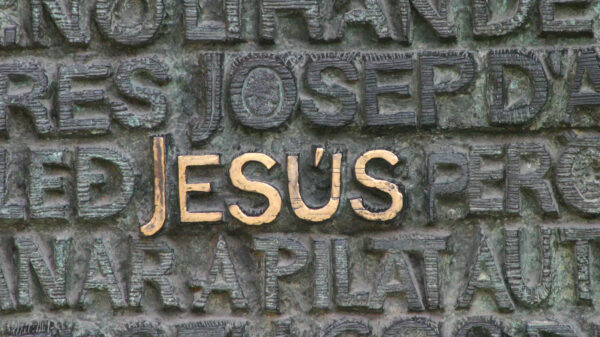

















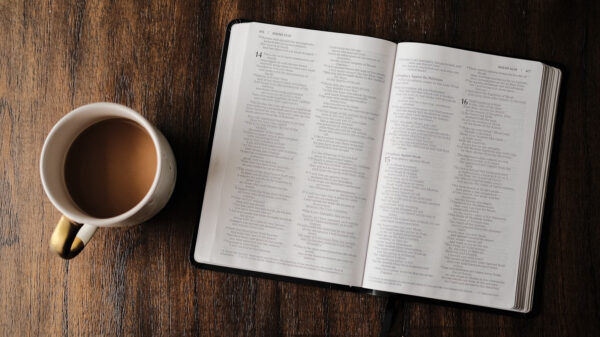






Evangelist Steev_Garrett
October 22, 2020 at 11:08 am
I must push back upon my first reading of your introductory paragraph, in which you posit that there’re four gospels. No, there’s ONE GOSPEL & multiple witnesses rather, as the great apostle carefully clarifies in 1 Cor. 15; as the first paragraph in said chapter makes abundantly clear.
Evangelist Steev_Garrett
October 22, 2020 at 11:37 am
Oh, & Galatians 1: 6-9, wherein Paul clarifies the fact of ONE GOSPEL.
Rick Hemmes
October 22, 2020 at 4:57 pm
Your professional experiences with eye witness accounts is shocking to me. I never thought about this perspective idea. I have to admit that makes sense to me and therefore is helping me to have a different understanding with what I thought were contradictory verses in the bible. I can’t thank you enough for your insight. I feel like you removed a blindfold. I can see a little clearer. Thank you and believe me….God is using you in a mighty way!
Brad
May 26, 2023 at 8:32 pm
Steev: no need to be so pedantic; it only intrudes on a good conversation.